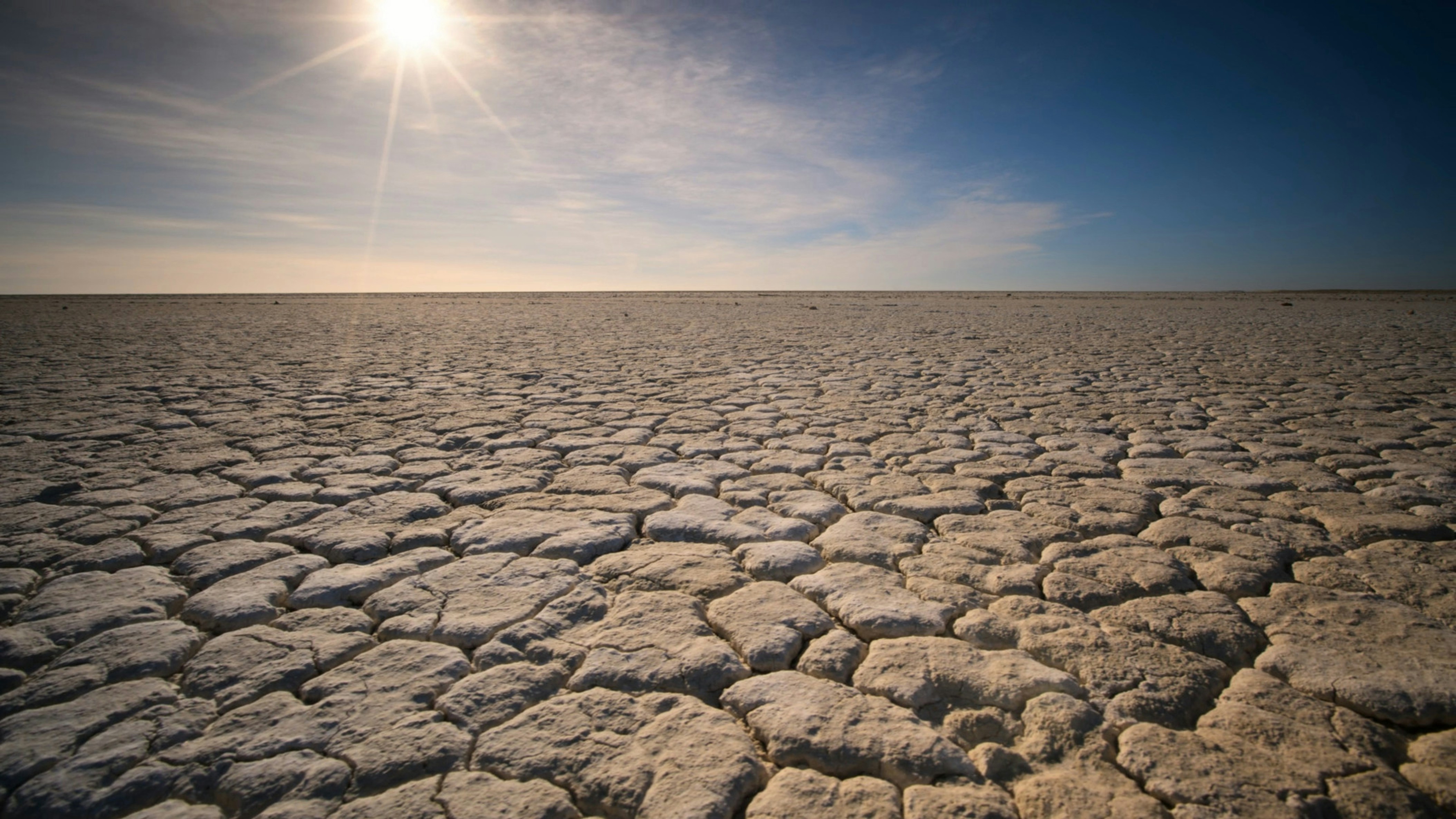From Drought to Flooding: Expressions of an Extreme Climate

By Jose Luis Gallego, environmental communicator (@ecogallego)
The abundant rainfall this past March – one of the rainiest months of March this century – has brought some relief to the drought-stricken Iberian Peninsula. However, as experts point out, this does not mean we should assume the drought is over. Far from being a sporadic event, it has become a defining characteristic of the new climate model that we are heading into because of climate change.
In this new scenario, the weather phenomena that have thus far characterized the Mediterranean climate are turning increasingly extreme. The droughts will become more and more severe, interrupted by devastating DANA storms, such as the one that hit Valencia last October, or by periods of heavy rains that can last several weeks.
This new climate scenario will bring extreme heat waves with record-breaking high temperatures, which are countered by sudden and severe cold spells with abundant snowfall. This was exemplified in 2021 when storm Filomena swept through and brought freezing temperatures to the peninsula’s interior, filling the streets of Madrid with up to half a metre of snow.

Ears of wheat covered in raindrops
Scientists who analyse and evaluate the scope of the climate crisis have been warning for decades that these events would become increasingly common and severe, especially in southern Europe. In 2023, the Intergovernmental Panel on Climate Change (IPCC) released its Sixth Assessment Report, stating with “great confidence” that independently of how planetary warming will evolve on a global scale, temperatures in all European countries will increase far more rapidly that the global average variation, especially in the Mediterranean.
According to this prestigious panel of experts, this would result in more frequent and intense periods of extreme heat, including marine heatwaves, over the coming decades, regardless of the greenhouse gas emissions scenario. Most likely the increase in average temperature would cross the critical 2ºC threshold around 2030.

Arid land caused by drought
At the same time, the IPCC report warns of a decrease in precipitation during the summer in the Mediterranean, a situation that will also extend into northern Europe. As a result of rising sea temperatures, this scenario will also see an increase in torrential rainfall and flooding, which will not be limited to autumn, but can occur at any time during the year. This will endanger most urban and transportation infrastructure, facilities, and housing, because these were built based on historical precipitation levels whose maximum threshold is already being greatly exceeded.
A year after the report’s release, the data corroborates what the scientists had predicted. 2024 was the hottest year on record. The Earth saw unprecedented daily, monthly, and yearly record temperatures. This was the first year in which the planet’s temperature exceeded the pre-industrial (1850-1900) average by 1.5ºC: the limit to which the world committed itself with the signing of the Paris Agreement. It was 0.12ºC higher than the previous year, 2023, until then the hottest year on record. In fact, the ten hottest years since record-keeping began correspond to those of the past decade.
This year, the trend not only continues but is rising. January 2025 was the hottest on record, setting a new record increase in average global temperature: 1.75°C above the pre-industrial period. February was the third hottest, with an increase of 1.6ºC. Two data points that consolidate the rising temperature trend in 2025 and provide further evidence of the climate emergency that we are living in.

Arid land caused by drought
Behind this process, which scientists describe as “irrefutable and irreversible”, is the constant increase in CO2 concentrations in the atmosphere, currently exceeding 427 parts per million (ppm). At no point has the human species lived under an atmosphere with such high levels of CO2. This increase is due to a rise in greenhouse gas emissions (GHGs) produced by the burning of fossil fuels: natural gas, oil, and coal. Rather than decreasing, these emissions rose by 0.8% in 2024 compared to 2023, when they had also increased.
As we can see in Mediterranean countries, the climate crisis is moving towards the most unpredictable and uncomfortable scenarios, those in which extreme meteorological phenomena will become increasingly severe. It is a climate of extremes, where we go from heat waves to cold snaps, breaking records on both sides; from drought to flooding in a matter of weeks. And until we manage to move towards a low-carbon development model, until we manage to achieve a great global agreement to abandon fossil fuels, the climate will only grow more extreme, forcing us into a world of uncertainty.
